Home>Articles>How Much Does Home Depot Charge For Fence Installation
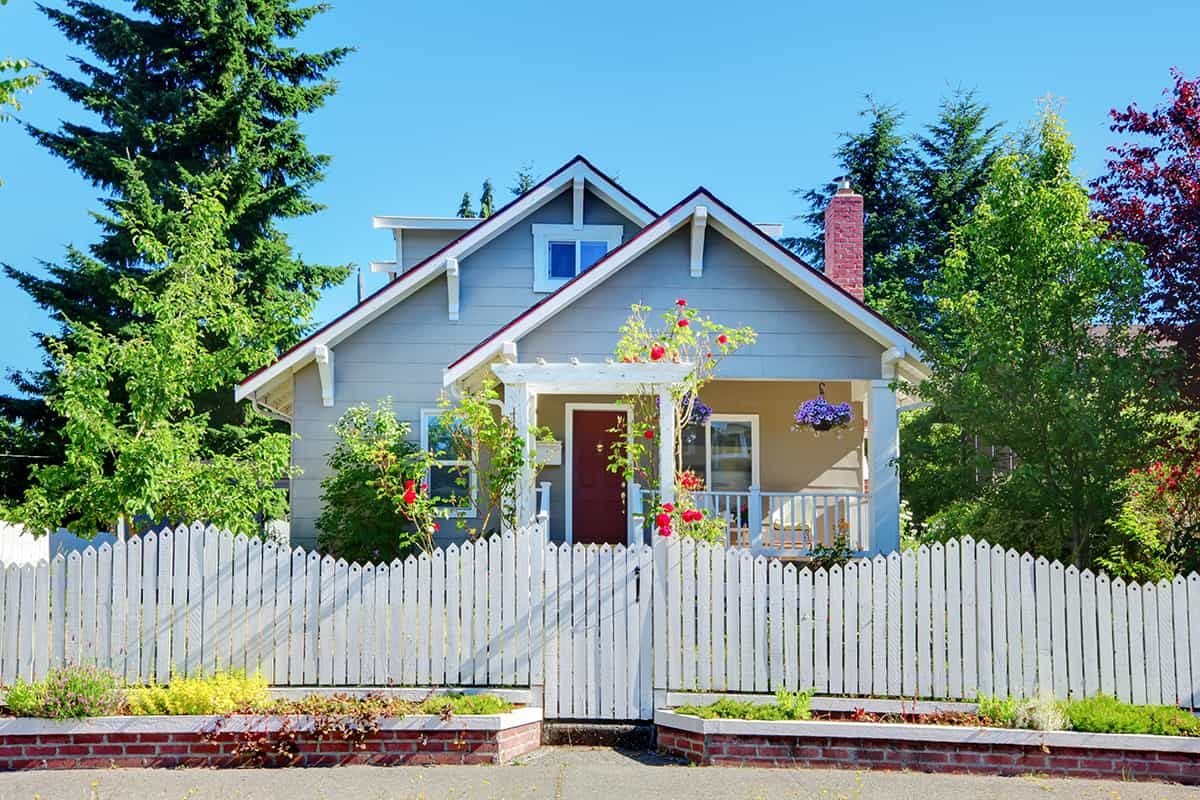

Articles
How Much Does Home Depot Charge For Fence Installation
Modified: October 20, 2024
Looking for articles on how much Home Depot charges for fence installation? Get all the pricing information and options available at Home Depot for your next fencing project.
(Many of the links in this article redirect to a specific reviewed product. Your purchase of these products through affiliate links helps to generate commission for Storables.com, at no extra cost. Learn more)
Introduction
Installing a fence around your property can provide many benefits, such as added security, increased privacy, and improved aesthetics. However, the cost of fence installation can vary depending on various factors, including the size of your property, the type of fence you choose, and the company you hire for the job.
Home Depot is a well-known home improvement retailer that offers a wide range of products and services, including fence installation. If you’re considering hiring Home Depot for your fence installation project, it’s important to understand their pricing policy and the factors that may affect the cost.
In this article, we’ll explore the factors that can influence fence installation costs, delve into Home Depot’s pricing policy, and provide insights into the average cost of fence installation at Home Depot. We’ll also discuss additional costs to consider, factors that may affect the final price, and compare Home Depot’s pricing with other fence installation providers. Lastly, we’ll share some useful tips for saving money on fence installation at Home Depot.
Whether you’re looking to install a chain-link fence for added security or a wooden fence to enhance your property’s aesthetic appeal, understanding the cost factors and pricing policies can help you make an informed decision and ensure that you stay within your budget.
Now, let’s dive into the factors that can affect the cost of fence installation and learn more about Home Depot’s pricing policy.
Key Takeaways:
- When considering fence installation at Home Depot, factors such as material selection, site preparation, and additional features can influence the overall cost. Comparing prices with other providers and utilizing money-saving tips can help you stay within budget.
- To save money on fence installation, consider DIY options, choose cost-effective materials, and take advantage of promotions and discounts. Thorough research, clear communication, and prioritizing your needs are essential for a successful and budget-friendly project.
Factors Affecting Fence Installation Cost
Several factors come into play when determining the cost of fence installation. Understanding these factors will help you estimate the overall expense and make an informed decision. Here are some key factors that can influence the cost of fence installation:
1. Fence Material:
The type of material you choose for your fence will greatly impact the cost. Common options include wood, vinyl, aluminum, chain link, and wrought iron. Each material has its own price range, with wood and vinyl generally being more expensive than chain link. The material chosen will depend on factors such as durability, maintenance requirements, and aesthetic preferences.
2. Fence Height and Length:
The height and length of the fence will also affect the installation cost. Taller and longer fences require more materials and labor, resulting in higher expenses. It’s important to accurately measure the length of the area you wish to enclose to receive an accurate cost estimate.
3. Fence Style and Design:
The design and style of the fence can also impact the installation cost. Intricate designs or customized patterns may require more time and effort to install, leading to higher costs. Simple and straightforward designs are generally more cost-effective.
4. Site Preparation:
The condition of the installation site can influence the overall cost. If the area is uneven, rocky, or requires significant excavation, additional labor and equipment may be necessary, escalating the installation expenses. It is essential to assess the site’s condition and inform the installer of any potential challenges.
5. Additional Features:
Additional features such as gates, decorative elements, and security measures can contribute to the overall cost. Custom gates or intricate detailing will increase the price, while standard gates and minimal decorative elements will be more budget-friendly.
6. Labor Costs:
The cost of labor is a significant factor in fence installation expenses. Installation professionals typically charge either an hourly rate or a flat fee based on the project’s complexity and the time required for completion. It’s advisable to obtain multiple quotes and compare labor costs from different installers.
Now that you have a better understanding of the key factors that can influence the cost of fence installation, let’s delve into Home Depot’s pricing policy and explore the average cost of fence installation at their stores.
Home Depot’s Pricing Policy
Home Depot is renowned for its extensive range of home improvement products and services, and fence installation is one of their offerings. They strive to provide customers with quality products and professional installation services at competitive prices.
Home Depot’s pricing policy for fence installation is based on various factors, including the type of fence, the linear footage, the additional features chosen, and the complexity of the installation. They offer both material-only purchases for customers who prefer to install the fence themselves and professional installation services for those who require assistance.
When you approach Home Depot for a fence installation quote, they will typically schedule an in-home consultation to assess your specific needs and gather necessary information about your property. This consultation allows them to provide you with a more accurate estimate based on factors such as the material, fence height and length, and the desired features.
Home Depot’s pricing includes the cost of materials and labor. The material cost will depend on the type of fence you choose and is generally calculated based on linear footage. The labor cost encompasses the installation process, which includes digging post holes, placing the fence panels, and securing them.
It’s important to note that Home Depot’s pricing may vary based on your geographical location and local market conditions. The cost of living, labor rates, and material availability can influence the overall pricing in different regions.
While Home Depot aims to provide competitive pricing, it’s advisable to compare their quotes with other fence installation providers to ensure you are getting the best value for your money. Additionally, researching customer reviews and experiences can give you insight into the quality of their installation services and customer satisfaction levels.
Now that we’ve explored Home Depot’s pricing policy, let’s move on to understanding the average cost of fence installation at their stores.
Read more: How Much Is Insulation At Home Depot
Average Cost of Fence Installation at Home Depot
The average cost of fence installation at Home Depot can vary depending on several factors, including the type of fence, the size of the project, and the region. It’s important to note that these figures are estimates and can vary based on individual project specifications and local market conditions.
Chain-link fences are often the most affordable option. On average, you can expect to pay around $13 to $19 per linear foot for a chain-link fence installation at Home Depot. This price includes the cost of materials, labor, and any necessary accessories.
If you prefer a more aesthetically pleasing option like a wooden fence, the cost will be higher. The average price for a wooden fence installation at Home Depot can range from $24 to $38 per linear foot. This price includes the fence materials, professional labor, and necessary hardware.
For those looking for a low-maintenance option, vinyl fences are a popular choice. The average cost of a vinyl fence installation at Home Depot is approximately $28 to $42 per linear foot. This price includes the vinyl panels, installation labor, and any required components.
Wrought iron fences are a premium and durable option, but they come at a higher price. On average, you can expect to pay between $30 to $45 per linear foot for a wrought iron fence installation at Home Depot. This cost includes the materials, professional installation, and any necessary accessories.
It’s worth mentioning that the above prices are just estimates and can vary based on your specific project requirements. Factors such as fence height, length, design complexity, additional features, and site conditions can affect the final cost.
When considering a fence installation at Home Depot, it’s recommended to schedule an in-home consultation to get a more accurate estimate for your project. This will allow the professionals to assess your specific needs and provide you with a customized quote based on your requirements.
Now that we have explored the average cost of fence installation at Home Depot, let’s discuss additional costs that you should consider when planning your fence installation project.
Additional Costs to Consider
When planning your fence installation project, it’s important to consider the additional costs that may arise beyond the basic materials and labor expenses. These additional costs can vary depending on factors such as the type of fence, site conditions, and any specific requirements you may have. Here are some common additional costs to consider:
1. Permit Fees:
Depending on your local regulations, you may need to obtain a permit before installing a fence. Permit fees can vary depending on your location and the type of fence you’re installing. It’s advisable to check with your local government or homeowner’s association to determine if a permit is required and factor in the associated cost.
2. Removal and Disposal of Old Fencing:
If you have existing fencing that needs to be removed before installing the new fence, you may need to budget for the removal and disposal costs. The complexity of the removal and the materials of the old fence will impact the cost. You can either hire professionals to handle the removal or opt to do it yourself if you have the necessary skills and equipment.
3. Customizations and Upgrades:
If you have specific customization requests or desire additional upgrades for your fence, such as decorative elements, customized gates, or additional security features, these will incur extra costs. Discuss your customization needs with the fence installation company to get a clear understanding of the associated expenses.
4. Maintenance and Repairs:
While not an immediate cost, it’s essential to consider the long-term maintenance and repair expenses associated with your chosen fence material. Some fences require regular maintenance, such as staining or sealing for wooden fences, while others may need periodic repairs. Factor in these long-term costs when making your decision.
5. Landscaping and Site Preparation:
If your installation site requires landscaping or any site preparation work, such as removing trees or bushes, leveling the ground, or clearing debris, these additional costs should be considered. The condition of the site and any required preparations will impact the overall cost of the project.
By factoring in these additional costs, you can ensure that you have a comprehensive budget for your fence installation project. It’s always a good idea to discuss these details with the installation company to get a clear understanding of any potential extra expenses before starting the project.
Now that we’ve covered the additional costs to consider, let’s explore the factors that may affect the final price of fence installation at Home Depot.
Factors That May Affect the Final Price
When determining the final price of fence installation at Home Depot, several factors come into play. Understanding these factors will help you anticipate any potential changes to the initial estimate and ensure that you have a more accurate budget for your project. Here are some key factors that may affect the final price:
1. Material Availability and Quality:
The availability and quality of the chosen fence material can impact the final price. If the specific material you’ve selected is in high demand or requires importing, it may come at a higher cost. Additionally, higher-quality materials may have a premium price tag compared to standard options.
2. Change Orders or Additional Work:
During the installation process, unforeseen circumstances or customer requests may arise, leading to change orders or additional work. These changes can influence the final price. It’s important to have open communication with the installation team and be prepared for potential adjustments to the initial estimate.
3. Site Conditions:
The condition of the installation site can impact the complexity and cost of the project. Factors such as soil composition, accessibility, slope, obstructions, or the presence of underground utilities can require additional labor and equipment, resulting in potential price adjustments. It’s essential to assess the site thoroughly prior to the installation and inform the team of any site-specific challenges.
4. Regional Labor and Material Costs:
The cost of labor and materials can vary based on your location and regional market conditions. Areas with higher costs of living or specific economic factors may have higher labor rates and material prices, affecting the overall installation cost. It’s advisable to research and compare prices in your region to gauge the local market rates.
Read more: How Much Are Boxes At Home Depot
5. Project Size and Complexity:
The size and complexity of your fence installation project can directly impact the final price. Larger projects or those requiring intricate designs, corner angles, multiple gates, or other customizations will typically involve more labor and materials, resulting in increased costs. It’s crucial to discuss your project specifications with the installation team to get a clear understanding of the associated expenses.
By considering these factors that may affect the final price, you can anticipate any potential changes and ensure that you have a realistic budget for your fence installation project. Open communication with the installation team and regular updates throughout the process will help you manage your expectations and stay within your desired price range.
Now that we understand the factors that may impact the final price, let’s compare Home Depot’s pricing with other fence installation providers.
Comparison with Other Fence Installation Providers
When considering fence installation, it’s always a good idea to compare pricing and services offered by different providers to ensure you’re getting the best value for your money. While Home Depot is a well-known option, there are other fence installation providers in the market that may offer competitive pricing and quality services. Here’s a comparison of Home Depot’s pricing with other fence installation providers:
1. Local Fence Contractors:
Local fence contractors are often a popular choice for many homeowners. These contractors specialize in fence installation and may offer competitive pricing. The advantage of working with a local contractor is that they often have a deeper understanding of the local market, specific regulations, and can provide personalized service. It’s advisable to obtain quotes from multiple local contractors and compare them with Home Depot’s pricing to make an informed decision.
2. Online Fence Retailers:
There are online retailers that specialize in selling fence materials directly to consumers. These retailers often offer a wide range of fencing options at competitive prices. However, it’s important to note that online retailers usually sell materials only and do not provide installation services. This means you’ll have to either install the fence yourself or hire a separate contractor for the installation. If you’re confident in your DIY skills or have a trusted contractor, purchasing materials from an online retailer can be a cost-effective option.
Read more: How Much Does Privacy Fence Cost
3. Other Hardware Stores:
In addition to Home Depot, there are other hardware stores that offer fence installation services. Stores like Lowe’s and Menards are known for their wide range of home improvement products, including fencing materials and installation services. Comparing prices and services between Home Depot and these competitors can help you gauge the market rates and make an informed decision based on your specific needs.
4. Specialty Fence Companies:
There are also specialty fence companies that focus primarily on fence installation. These companies often have extensive experience and expertise in different types of fences and may offer specialized services that cater to specific needs, such as custom designs or unique materials. While their pricing may vary, it’s worth considering specialty fence companies if you have specific requirements or desire a higher level of customization.
When comparing these providers, it’s important to consider factors beyond just the pricing. Assess the quality of materials offered, warranties provided, customer reviews, and the reputation of the installation teams. Ultimately, you want to choose a reliable and reputable provider that can deliver a quality installation within your budget.
Now that we’ve explored the comparison with other fence installation providers, let’s move on to some useful tips for saving money on fence installation at Home Depot.
Tips for Saving Money on Fence Installation at Home Depot
If you’re looking to save money on fence installation at Home Depot, there are several tips and strategies you can use. By being proactive and making informed decisions, you can lower your overall expenses and still achieve a high-quality fence. Here are some helpful tips for saving money:
1. Research and Compare Prices:
Before committing to a fence installation at Home Depot, do some research and compare prices with other providers. Obtain quotes from multiple sources and evaluate the services offered and the overall cost. This will enable you to make an informed decision and ensure that you’re getting the best value for your money.
Read more: How Much Does Vinyl Fence Cost
2. Choose Cost-Effective Materials:
Opt for cost-effective materials that align with your requirements and budget. Chain-link fences are often the most budget-friendly option, while vinyl fences offer low maintenance costs in the long run. Balance your desired aesthetics with the cost and longevity of the chosen material to make a cost-effective choice.
3. Consider Standard Designs:
Choosing standard fence designs, rather than intricate or custom patterns, can significantly reduce the overall cost. Standard designs are usually more readily available and require less customization, resulting in lower labor and material expenses.
4. DIY or Partially DIY:
If you have some DIY skills and are comfortable with certain tasks, consider doing some of the work yourself, such as site preparation or installing smaller sections of the fence. However, it’s essential to know your limits and consult professionals when necessary to ensure a safe and proper installation.
5. Take Advantage of Promotions and Discounts:
Keep an eye out for promotions, discounts, or sales offered by Home Depot. They frequently have special offers that can help reduce the overall cost of fence installation. It’s also worth checking if they offer any loyalty programs or credit card benefits that can provide additional savings.
Read more: How Much Does Fence Repair Cost
6. Optimize Material Usage:
Work closely with the installation team to optimize material usage. Minimize waste by accurately measuring the area to be fenced and discussing with the team how to best utilize the materials. This can help reduce material costs and ensure an efficient installation process.
7. Regular Maintenance:
Invest in regular maintenance to prolong the lifespan of your fence. This includes cleaning, sealing, and performing routine repairs. Proper maintenance can prevent costly damage and the need for premature replacement, saving you money in the long run.
By following these tips, you can maximize your cost savings without compromising on the quality of your fence installation at Home Depot. Remember to communicate your budget constraints and priorities with the installation team for a smooth and cost-effective process.
Now that we’ve covered money-saving tips, let’s conclude our discussion.
Conclusion
When it comes to fence installation, understanding the factors that influence the cost and exploring your options is essential. Home Depot, a reputable home improvement retailer, offers fence installation services along with competitive pricing. By considering key factors such as material selection, fence style, site preparation, and additional features, you can estimate the cost of your project more accurately.
While Home Depot provides a convenient and reliable option, it’s important to compare their pricing and services with other providers to ensure you’re getting the best value for your money. Local fence contractors, online retailers, and specialty fence companies are worth considering for their competitive pricing, personalized service, or specialization in unique projects.
To save money on fence installation at Home Depot, research and compare prices, choose cost-effective materials and standard designs, consider DIY or partial DIY options, and take advantage of promotions and discounts. Optimizing material usage and investing in regular fence maintenance are also effective ways to cut costs in the long term.
Remember, accurate planning, thorough research, and clear communication with the installation team are keys to a successful and cost-effective fence installation project. Prioritize your needs, budget, and desired aesthetics to make an informed decision that fits your requirements.
Whether you choose Home Depot or another provider, a well-installed fence can enhance the security, privacy, and aesthetic appeal of your property. By considering the factors discussed in this article and implementing money-saving tips, you can achieve your desired results while staying within your budget.
Now that you’re equipped with knowledge about fence installation factors, pricing policies, and money-saving strategies, you’re ready to embark on your fence installation journey with confidence!
Now that you're equipped with knowledge about Home Depot's fence installation costs, why not tackle some personal outdoor enhancements? Dive into our guide on outdoor projects for fun and creative ways to elevate your space. If you're feeling particularly handy, our DIY home projects article offers step-by-step instructions to transform your living area without breaking the bank. Both articles are packed with tips and tricks that'll have you updating your home like a pro in no time!
Frequently Asked Questions about How Much Does Home Depot Charge For Fence Installation
Was this page helpful?
At Storables.com, we guarantee accurate and reliable information. Our content, validated by Expert Board Contributors, is crafted following stringent Editorial Policies. We're committed to providing you with well-researched, expert-backed insights for all your informational needs.

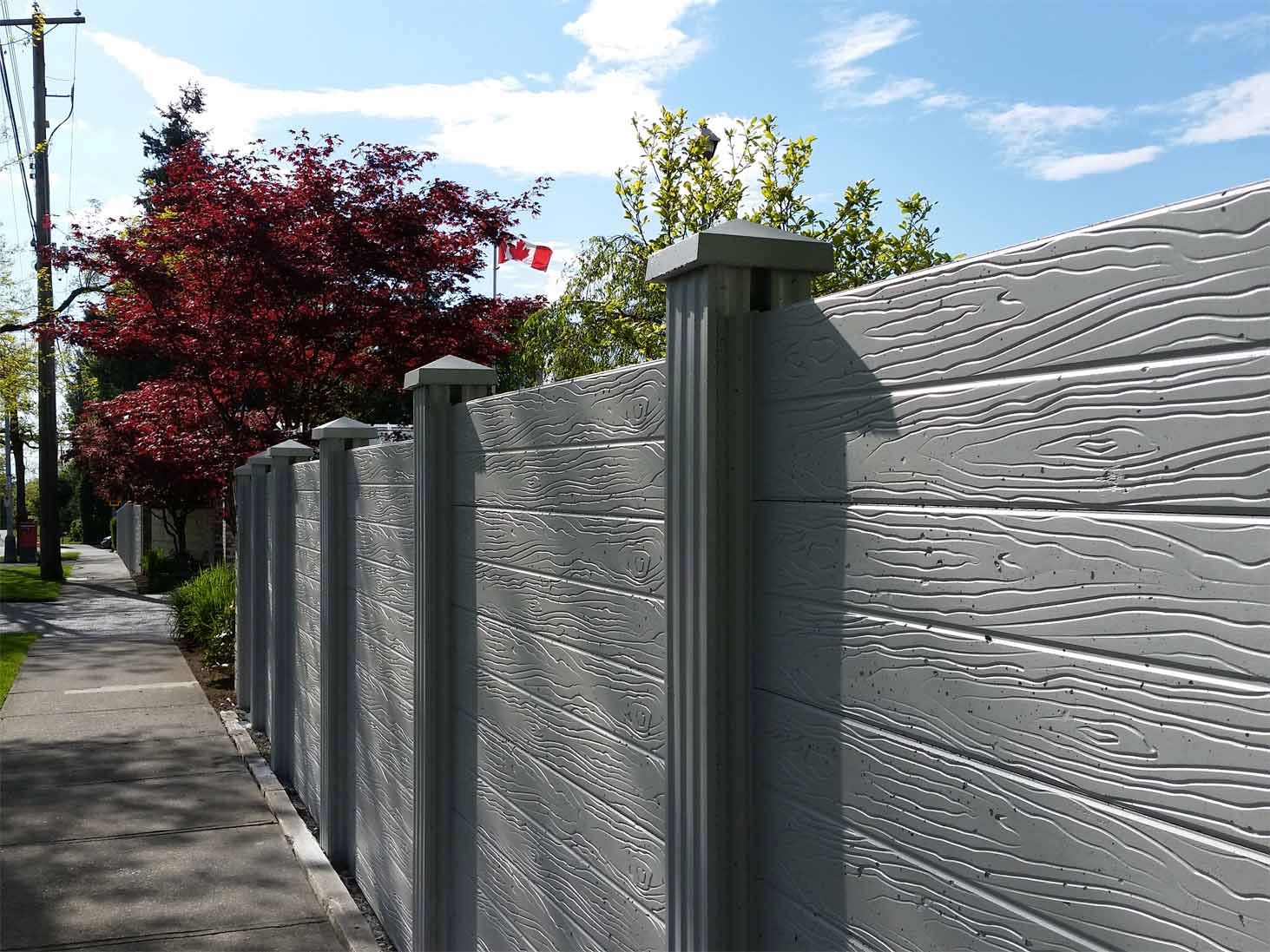
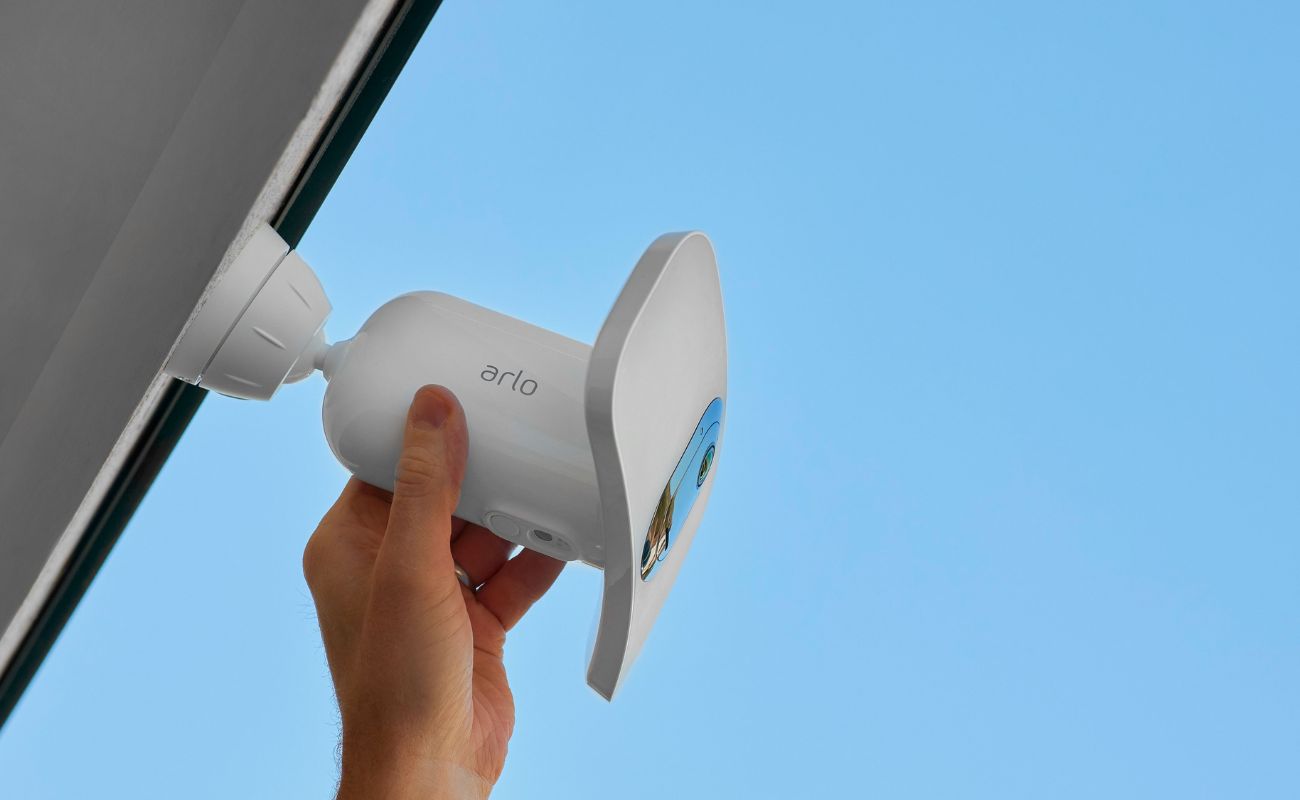
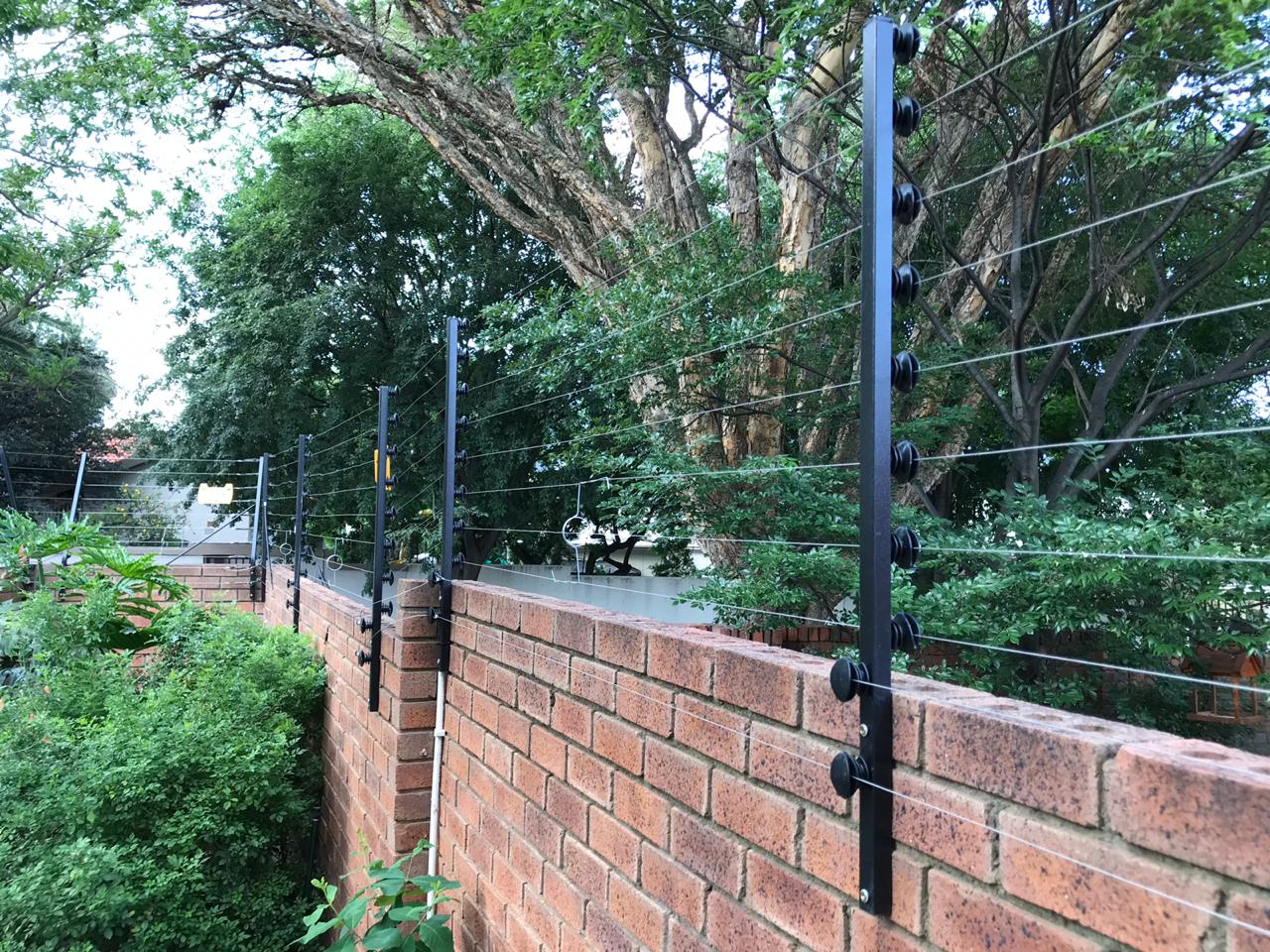
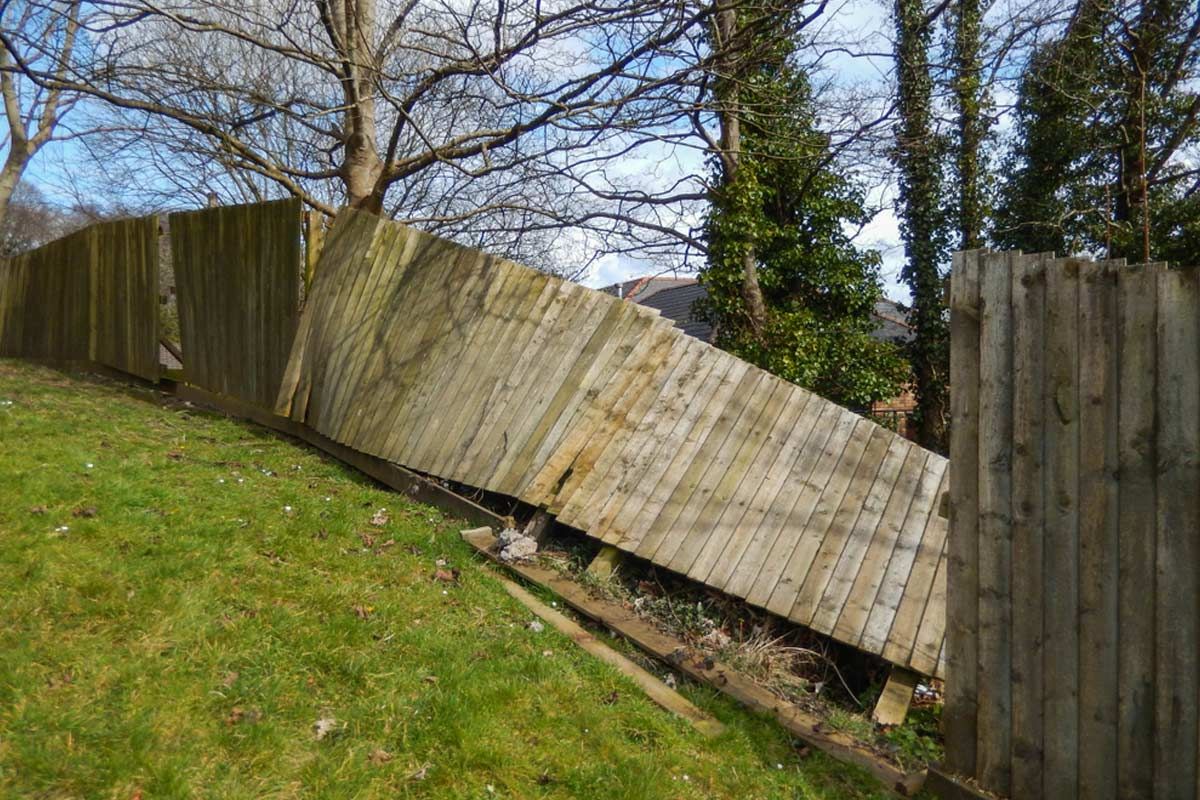
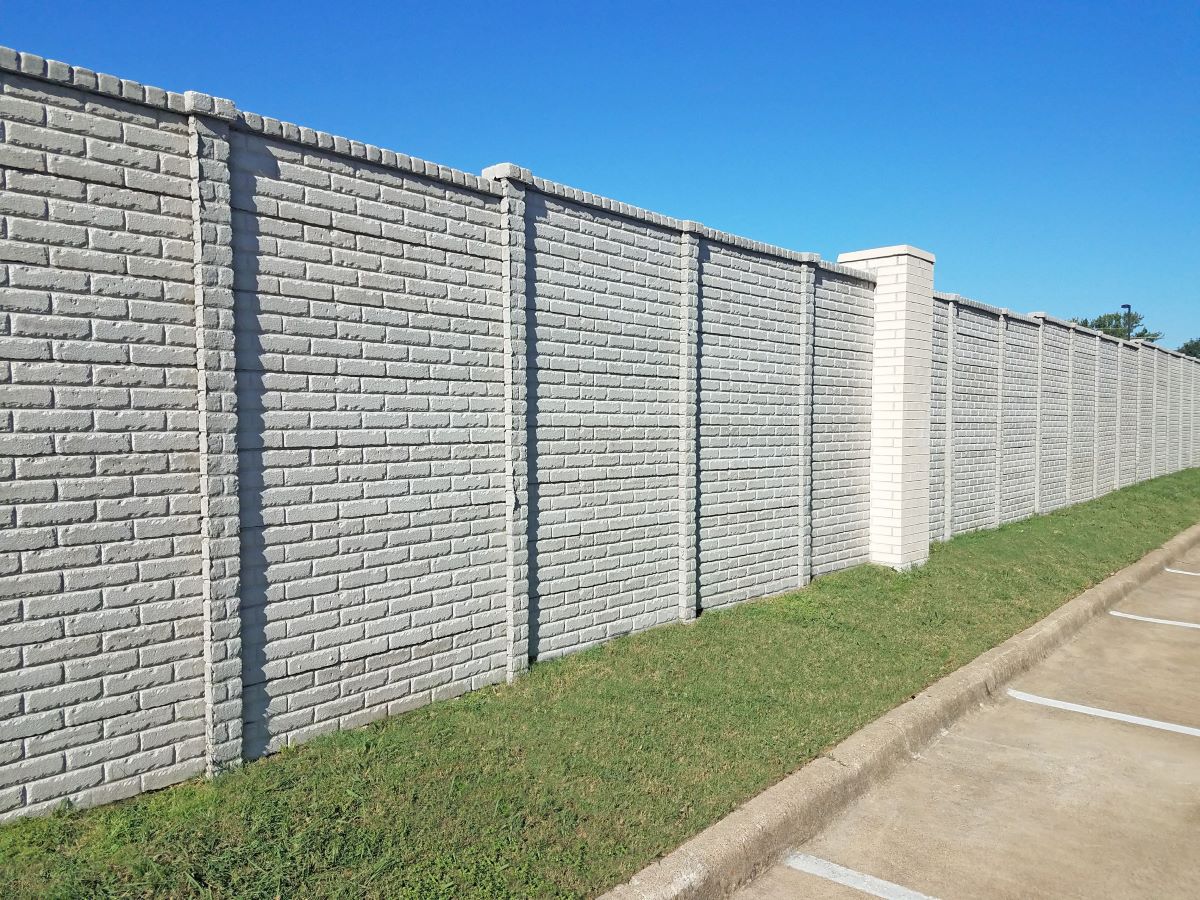


0 thoughts on “How Much Does Home Depot Charge For Fence Installation”